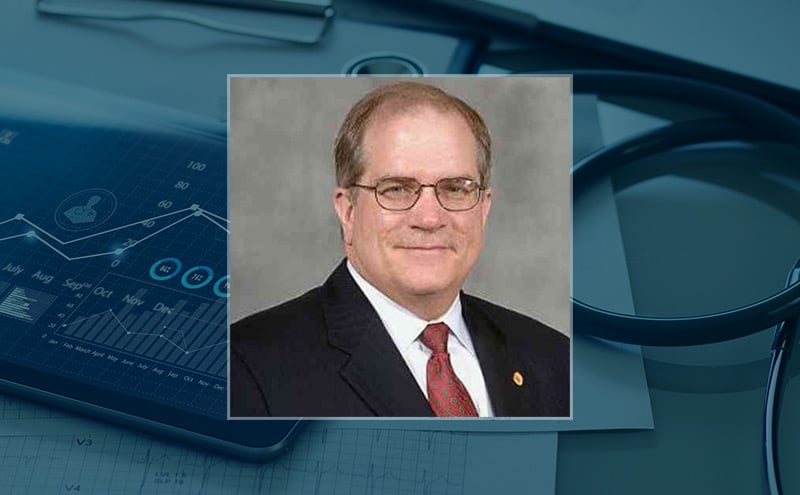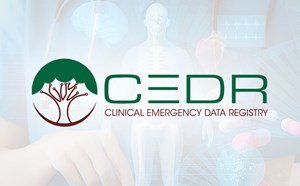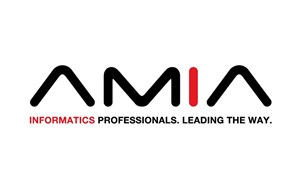
COVID-19: Rapid Application of Technology for Emergency Department Tele-Triage
An Information Paper Created by Members of the ACEP Health Information & Technology Committee
Abstract
Telehealth has emerged as an opportunity to address serious challenges faced by the highly contagious COVID-19. Emergency physicians are urgently considering options for tele-triage as one solution to reduce risk of infection, reduce PPE use and enable staff in self-quarantine to continue duties. Telehealth is perhaps the ultimate form of “electronic” Personal Protective Equipment (ePPE).
Several have promoted telehealth as an alternative to face-to-face healthcare interactions to reduce in-person healthcare visits and prevent viral transmission within healthcare facilities. Tele-triage has been shown to “provide a safe and efficient alternative to in-person screening of patients while allowing a comparable level of efficiency, decreasing rates of Left Without Being Seen (LWBS) and providing greater flexibility in the provider’s schedules.”
Regulatory Changes & Waivers have enabled broad use of telehealth including ED triage from remote locations enhancing efficiency of Medical Screening Examination (MSE) providers.
- HIPAA Waiver allows use of non-HIPAA compliant technology during the National Emergency Declaration, so ED & on-call providers can have video communication with patients via personal smartphone, tablet, laptop, kiosk, etc.
- EMTALA Waiver does not affect telehealth directly, but allows for alternative OFF-campus screening (MSE defer/refer to off-campus locations) which may be served by remote MSE providers.
- Updated EMTALA Guidance Clarifies:
- Alternative ON-Campus Screening: Previously allowed (without waiver), but CMS clarified the use of tele-triage by remote physician\QMP with an onsite nurse.
- “Drive-Through” Testing: Allowed, but may require at a brief interaction with a nurse which could be done remotely via a tablet or other device.
- QMP Qualifications: Reiterates QMPs for MSE purposes must be “acting within their scope of practice and licensure” (functionally eliminates RNs in most states), but expands use of APPs (PA\NP) for MSE via remote access.
- ED Tele-Triage MSE: Clarifies MSE can be done via telehealth (on or off-site). Assuming clinical circumstances do not require an in-person physical exam, it is not required. Onsite RN may perform “assessments” (including physical findings) reported to the QMP. This is more than mere triage & has potential to discharge from triage (with only an RN physically interacting with the patient). Whether MSE completion and discharge at triage is advisable is a matter of local hospital policy.
Telehealth ED E/M Billing Codes: Medicare can be billed typical ED E/M billing codes (99281 to 99285, 99291-99292 & Observation Codes 99217-99220, 99224-99226 & 99234-99236) for the duration of the Declared National Emergency.
Summary
This Information Paper provides guidance including context, review of various solutions, and an example of a rapid tele-triage implementation process. Taken together, tele-triage can have a dramatic impact on ED operations from all perspectives including economically. A single provider can manage multiple patients in triage, seamlessly across multiple facilities. While it may seem implausible, tele-triage can be implemented at one or more EDs within a hospital system in just a few days.
For many, telehealth has suddenly become a necessity. Regulatory relief has finally made it economically feasible. The necessary technology (software & hardware) are now very affordable. Hospitals using these solutions consistently show improved throughput, patient safety, and satisfaction. There is relatively little risk. With the help of an established vendor, the implementation process is surprisingly easy and fast. The COVID-19 pandemic presents a major challenge, but it is also an important opportunity to take emergency care to the next level. The only missing ingredient is the will to do it. And, as perhaps never before, the lives of your patients and staff depend on it.
Primary Author:
Todd B. Taylor, MD, FACEP
ACEP HIT Committee Vice-Chair
Emergency Physician & Independent HIT Consultant
Certified Emergency Medicine, ABEM
Certified Clinical Informatics, ABPM



